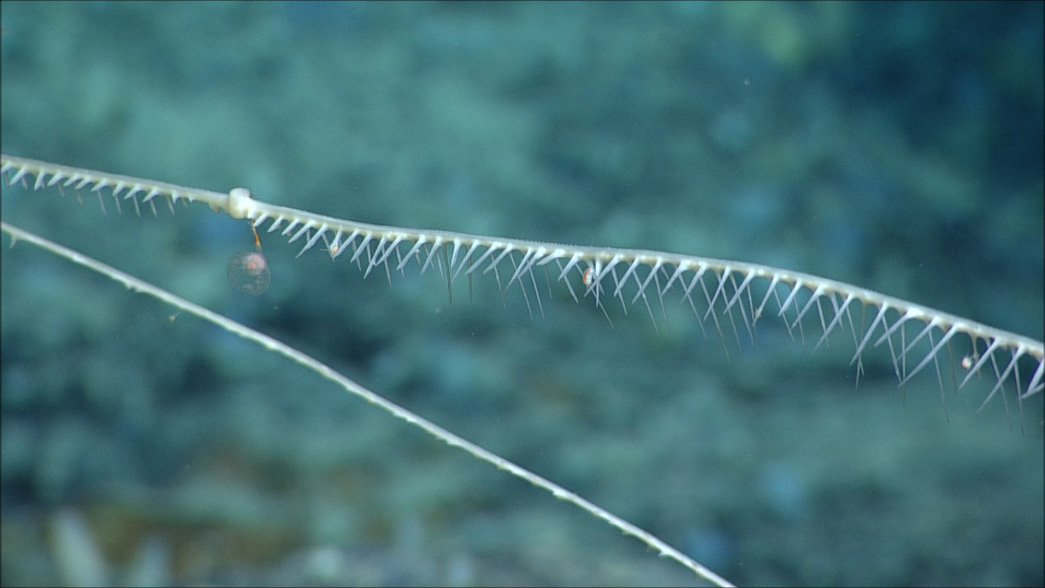It may not be dangerous to humans, but a new species of carnivorous sponge has been discovered east of Newfoundland and Labrador.

The carnivorous sponge, cladorhiza kenchingtonae, feeds on zooplankton and is described as being about two metres in length with one metre branches on its length. The hook-like glass spicules or “sponge bones” are microscopic and give it a Velcro-like surface, according to a Fisheries and Oceans Canada news release.
Found at a depth of nearly 3,000 metres below the ocean’s surface in the Flemish Cap, northeast of the Grand Banks, the sponge was discovered by researchers at the Bedford Institute of Oceanography during a research trip on the Canadian Coast Guard Ship Hudson in 2010.
The sponge was named after Dr. Ellen Kenchington of Fisheries and Oceans Canada for her contributions to Arctic and North Atlantic deep sea benthic ecology, biodiversity monitoring and protection.
“It really was an emotional period, I actually cried I think. It was huge, because there’s the legacy aspect, you know, having something named after you,” Kenchington told Global News.
“I honestly didn’t know you could name them after living people, but, anyhow, I was certainly not expecting this. And I’m really feeling like I’m joining an elite club, when you think of some of the early explorers who put the first names on things, some of those people have been named in the species registers and I’m really humbled to be one of them.”
—With files from Ross Lord, Global News






Comments